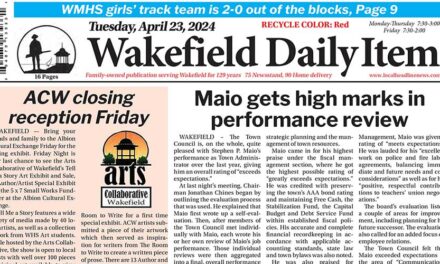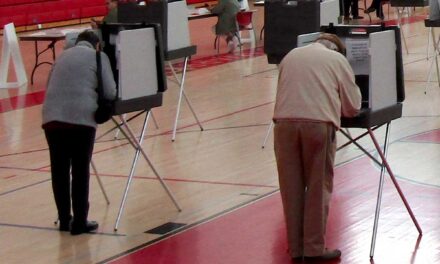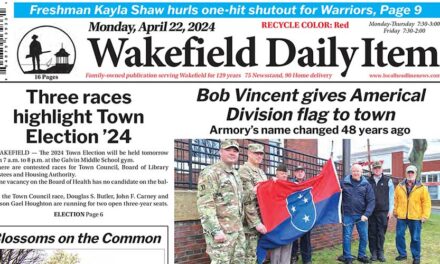Published in the June 20, 2019 edition.
By MARK SARDELLA
As has oft been stated, Wakefield is a welcoming town, for both visitors and new residents — especially new residents, whom we have a habit of electing to public office before they’ve even
finished unpacking.
A couple times a year, Wakefield offers an orientation program for refugees from other communities. It’s called Wakefield 101, where newcomers to our town can talk with representatives from town departments, community groups and local businesses. They can mingle with other migrants and leave with a welcome bag filled with information, fun freebies and a special gift.
Sadly, these efforts have neglected perhaps the most important consideration in helping newcomers assimilate to our culture: learning the language. Some people live here for years and never master the local lexicon. I happen to be fluent in the native tongue, so I’m happy to fill that gap.
Nothing marks you more surely as a newbie than referring to that object on the Lower Common as “the gazebo” or “the pagoda.” Natives call it “the Bandstand,” because…that’s what it’s called.
And speaking of that grassy area, although it is divided in two by Common Street, it’s called “The Common” not “The Commons.” The part closest to the Lake is known as the “Lower Common.” The section with all the war memorials is called “Veterans Memorial Common” (not “Veterans Memorial Park,” as it shockingly appeared in a recent town policy document).
The Common is bordered by Lake Quannapowitt, not “Lake Q.” Learn how to pronounce and spell the name of “Wakefield’s jewel.” It’s not that hard and you’ll be showing respect for its Native American moniker. If you simply can’t master it, “the Lake” is acceptable. “Lake Q” is not.
Adjacent to the Lake is the First Parish Congregational Church. I know it’s a mouthful, but if you want to sound like you’ve lived here more than a week, don’t refer to it as “the Stone Church.” Bonus tip: If you must shorten it and still want to sound like a native, refer to it as the “Congo.”
Cemetery names seem to be particularly problematic for the non-native population. The one to the immediate west of the Congo is called “The Old Burial Ground.” Some people call it “The Old Burying Ground.” Those people are called “tourists.”
Another cemetery sits a short distance away, on North Avenue (not “North Street” or “Northern Avenue.” Bonus tip: Natives dispense with the “venue.” It’s just “North Ave.”)
The cemetery on North Ave. is called Lakeside Cemetery, not “Lakeview Cemetery.” The occupants of this graveyard are certainly beside the Lake, but they aren’t doing a lot of viewing.
The town’s public cemetery is on Lowell Street, just east of Four Corners. (If you don’t know where Four Corners is, ask someone who grew up in the North Ward.) This cemetery is called Forest Glade. I don’t know where “Forest Glen Cemetery” is, but it’s not in Wakefield.
Wakefield is informally divided into geographical sections. For example, the area to the west of the railroad tracks is called The West Side, not “The West End,” as a candidate for the Board of Selectmen referred to it years ago. That candidate lost the West Side and the election. Today, he would likely top the ticket in a landslide victory. Times have changed.
Speaking of elections, you register to vote and pay your taxes at Town Hall, not City Hall. If you want to blend in, it helps if you can remember that you live in a town.
But not all mistakes mark you as a new arrival. Sometimes, it’s the exact opposite. Those aspiring to pass for natives can use this to their advantage. For example, call the Americal Civic Center “the Armory” and you’ll immediately be pegged as a townie. Same goes if you refer to the Galvin Middle School as the “Junior High.”
That concludes today’s lesson. Your homework assignment is to learn the correct name of the statue on the Rockery. (Hint: he’s not a “Minuteman.”) Also, learn where the Rockery is.
I hope this helps you to acclimate to your new home.
You’re welcome.





